Even in this most difficult year wineries and wine producers all over the world will have something to celebrate as trophy winners in the 2020 IWSC.
The first challenge for any wine producer entering the IWSC is to get themselves on to the awards table by picking up either a gold, silver or bronze medal. Then for the very best wines there is the added hope they might then stand a chance of winning one of its coveted trophies.
The top trophy winners were announced by the IWSC this week and are the best of the best in their respective categories. In all, just 30 trophies were awarded with producers rewarded from all over the globe.
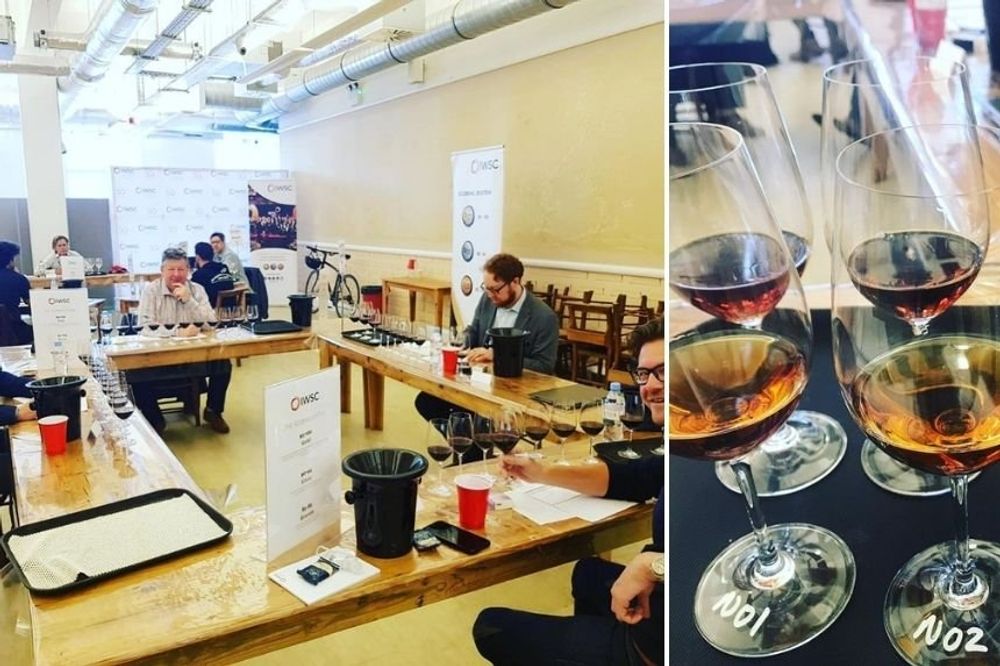
Judging at this year’s IWSC was carefully organised to be Covid secure
It was producers in the northern hemisphere that really stood out in this year’s competition, taking home three-quarters of the total number of trophies. Here it was France and Hungary that really stood out. Australia and South Africa were the two main stars in the southern hemisphere.
Particular mention must go this year to the sparkling and fortified wine categories that received the highest number of trophies between them.
How they are judged
The wines that stand a chance of winning a trophy are only tasted by the IWSC’s most senior and experienced judges. This year the panel included three members of the IWSC’s Wine Judging Committee – John Hoskins MW, Alex Hunt MW and Dirceu Vianna Junior MW. They were joined by Freddy Bulmer of the Wine Society, wine consultants Elizabeth Kelly MW and Alistair Cooper MW and Master Sommeliers Isa Bal MS and Eric Zweibel and Roger Jones, The Buyer’s editor-at-large and chef at The Harrow in Little Bedwyn.
The only wines that can be up for a trophy are those that have a Gold medal in the main competition. Each Gold medal-winning wine in a specific category is then re-tasted by each of the judges.
Jones told The Buyer: “It was a real treat to be able to taste all the top Golds to see if any wine shone as the best amongst their peers. The Trophy winners really did highlight the excellence – although there were none over the top 99 or 100 scores. The judges were much more restrained in their judgement which is a good thing. I even tried a brand new style of wine for myself – a Commandaria Saint Barnabas 2002 from Cyprus’ Kamanterena Winery . Wow! what a treat, and that was after trying a stunning Colheita 1961 and a 1980 Boal.
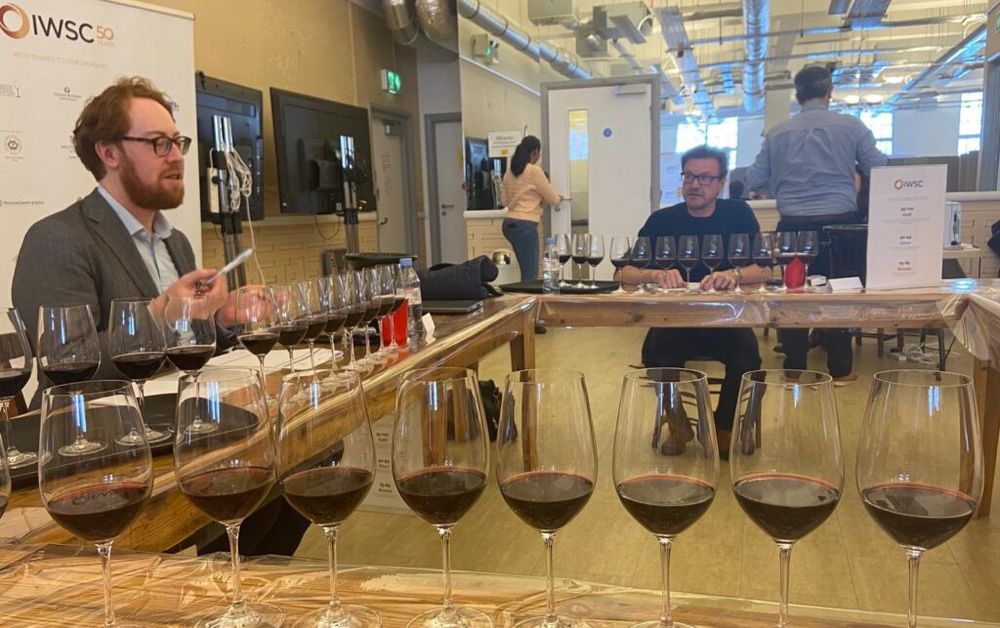
Roger Jones’ view of the judging with Alex Hunt MW and Alistair Cooper MW
“It was fabulous sitting with great tasters like Alex Hunt MW who would randomly name the wines that we were blind-tasting. It was also good to try wines outside my normal New World and Alsace remit.”
Below are some of the highlights from this year’s trophy winners.
Australia’s five for…
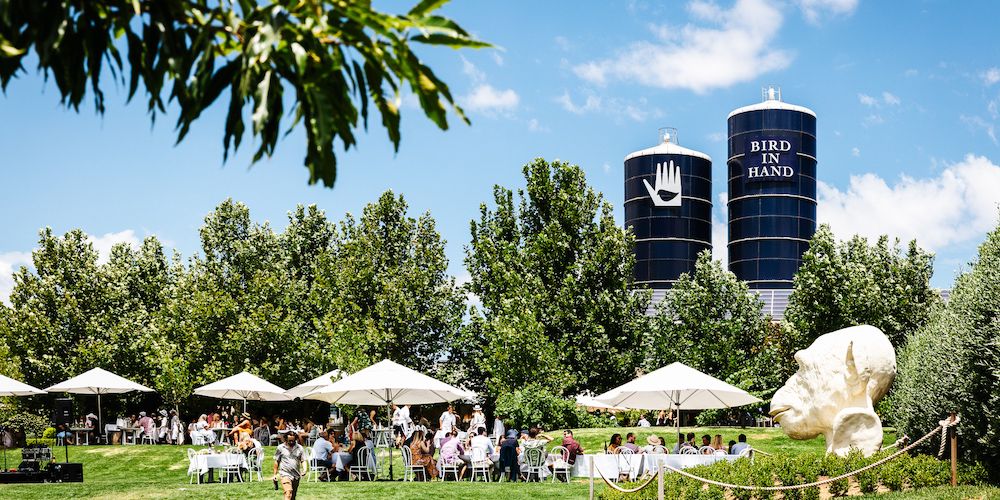
Trophy winner: Australia’s Bird in Hand
Australia won five trophies overall, including two for its Chardonnays – Bird in Hand’s 2017 Chardonnay, TED Edward Andrew Chardonnay 2017 from Adelaide Hills and Western Australia estate Castelli’s 2018 Il Liris.
Its fortified wines also shone through with Alex Hunt MW remarking on their “haunting complexity and balance, which was particularly evident in wines such as Morris of Rutherglen’s Cellar Reserve Gran Muscat and Stanton & Killen’s Gran Muscat.”
English sparkling wine continued to pick up major awards with Alastair Cooper MW calling it “another cool-climate success story, via its high-voltage, genuinely thrilling sparkling wines.”
A key trophy winner was Black Chalk’s Classic Brut 2016 which the judges described as: “Fresh white fruit on the nose, with the palate showing beautiful mid-palate fruit. Expressive, savoury and citrusy, with a crisp and refreshing finish. Very well balanced and consistent from start to finish. Lovely.”
Justin Keay recently paid Black Chalk a visit which you can read about here.
South Africa
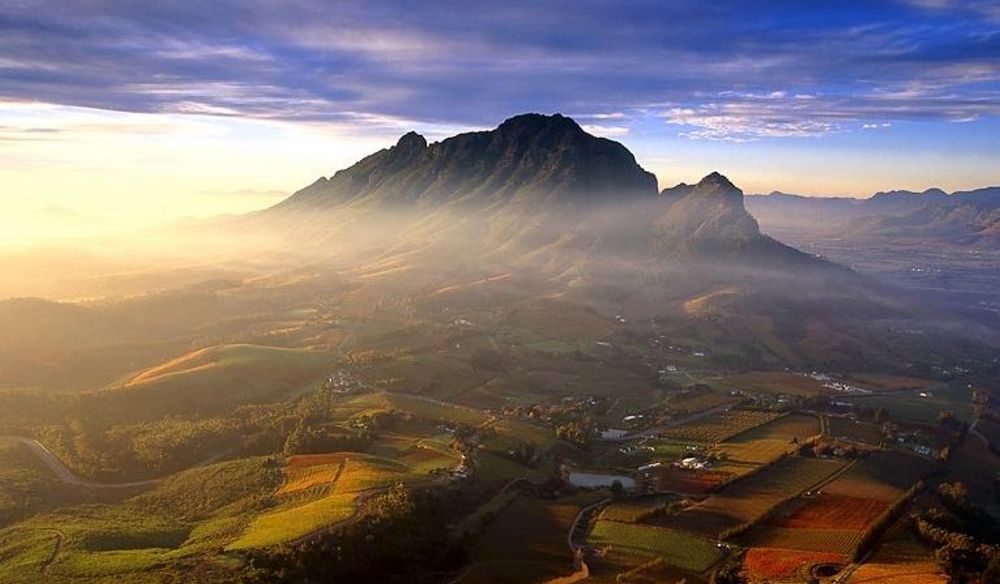
The stunning South Africa region of Stellenbosch stood in IWSC 2020
Although wines from across South Africa all did well in the overall IWSC competition it was the country’s flagship region – Stellenbosch – that picked up the major trophies.
“South Africa continues to impress, as it has done over the past decade,” said Cooper. He was particularly taken by “fantastic and diverse styles of Cabernet Sauvignon” from Stellenbosch, best exemplified by the Bartinney 2015 Banghoek Cabernet.
Another key trophy winner from Stellenbosch was the Quoin’s Rock Red Blend 2015, a classic blend of Bordeaux varieties.
Covid secure
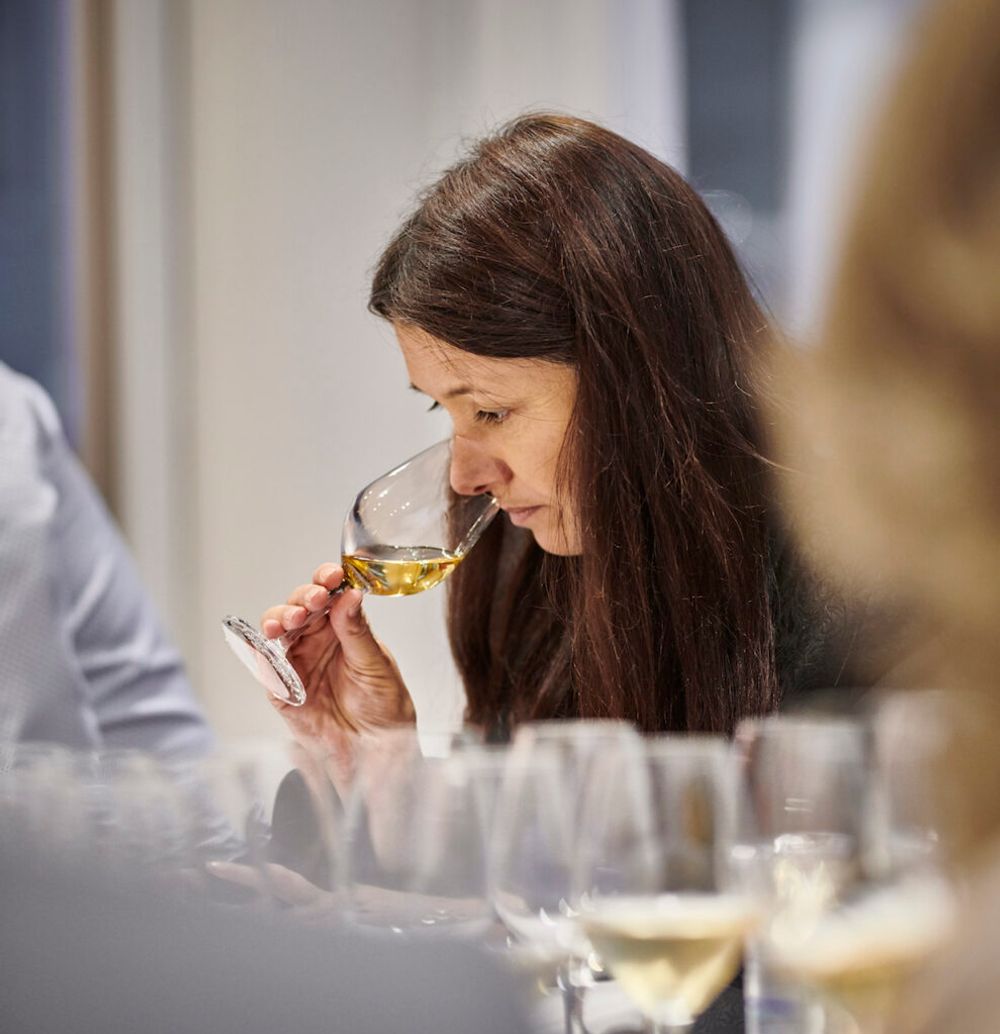
Christelle Guibert, IWSC’s chief executive, worked very hard with her team to make sure this year’s event could go ahead as near to normal as possible © Niels Busch
This year’s awards had to take place against the backdrop of Covid-19 and there were times during the early stages of national lockdown that IWSC chief executive, Christelle Guibert was worried if they could even hold any face-to-face judging at all.
But much time was taken to ensure the tastings and judging could be done in a Covid-secure environment, for it was arguably even more important this year for the competition to go ahead as normal. As Guibert told The Buyer earlier in the summer: “Producers still need a way to promote their wines, they need to sell their wines, they realise it is much harder to get them in front of buyers, so they are turning to us for help.”
She added: “When we contacted our judges, we found that they couldn’t wait to taste wine…I think we have put together a really excellent team of judges. Because of the furlough situation, many are able to commit for the full duration which means we have a smaller team, with more continuity. The panels are smaller, but that was always our strategy, with the judging committee to oversee it all. I wanted to find a balance where our judges felt safe and secure, but I didn’t want it to become too clinical.”
You can view the full list of IWSC trophies by clicking here.































